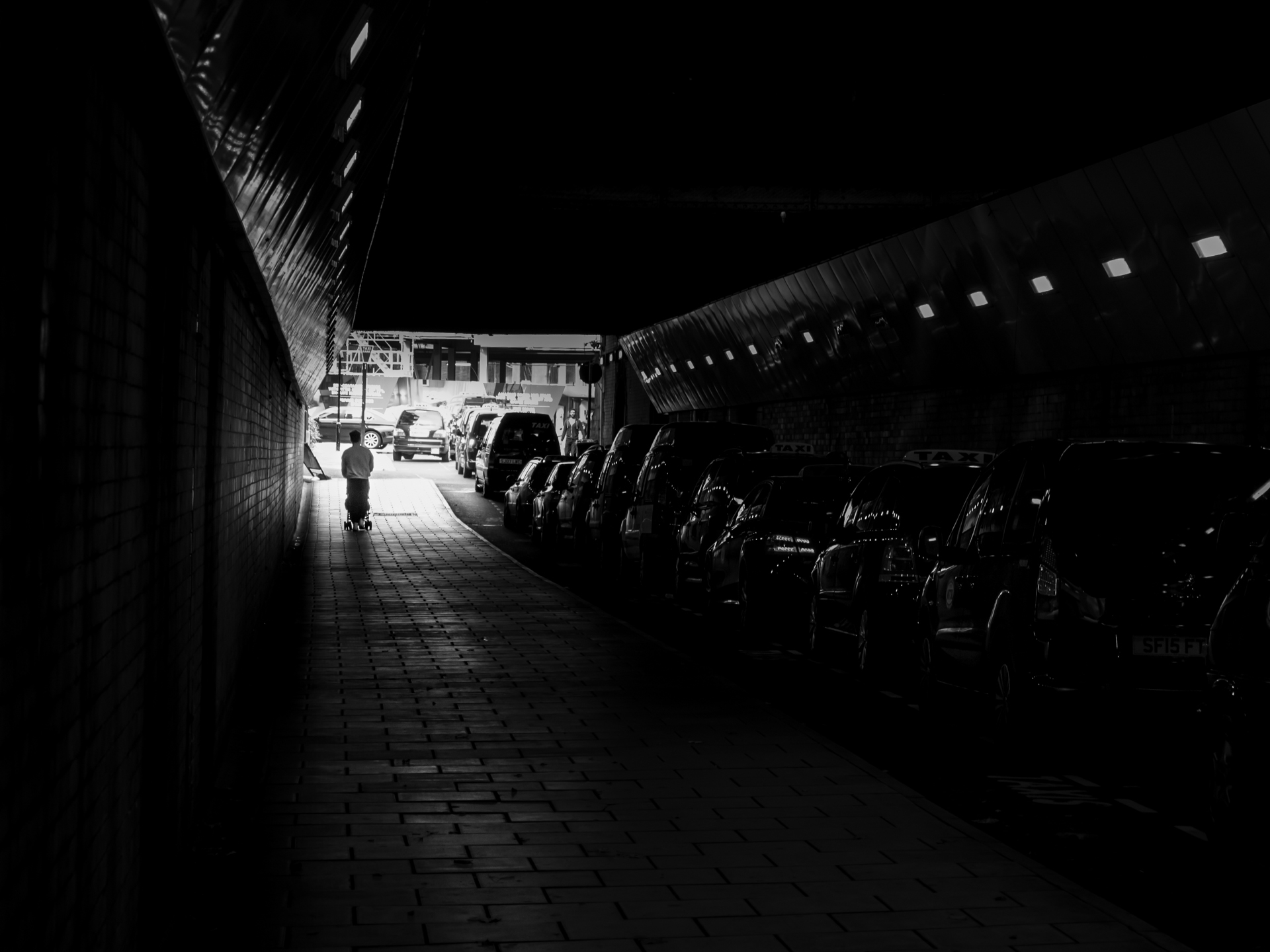
Imposter
12th December 2019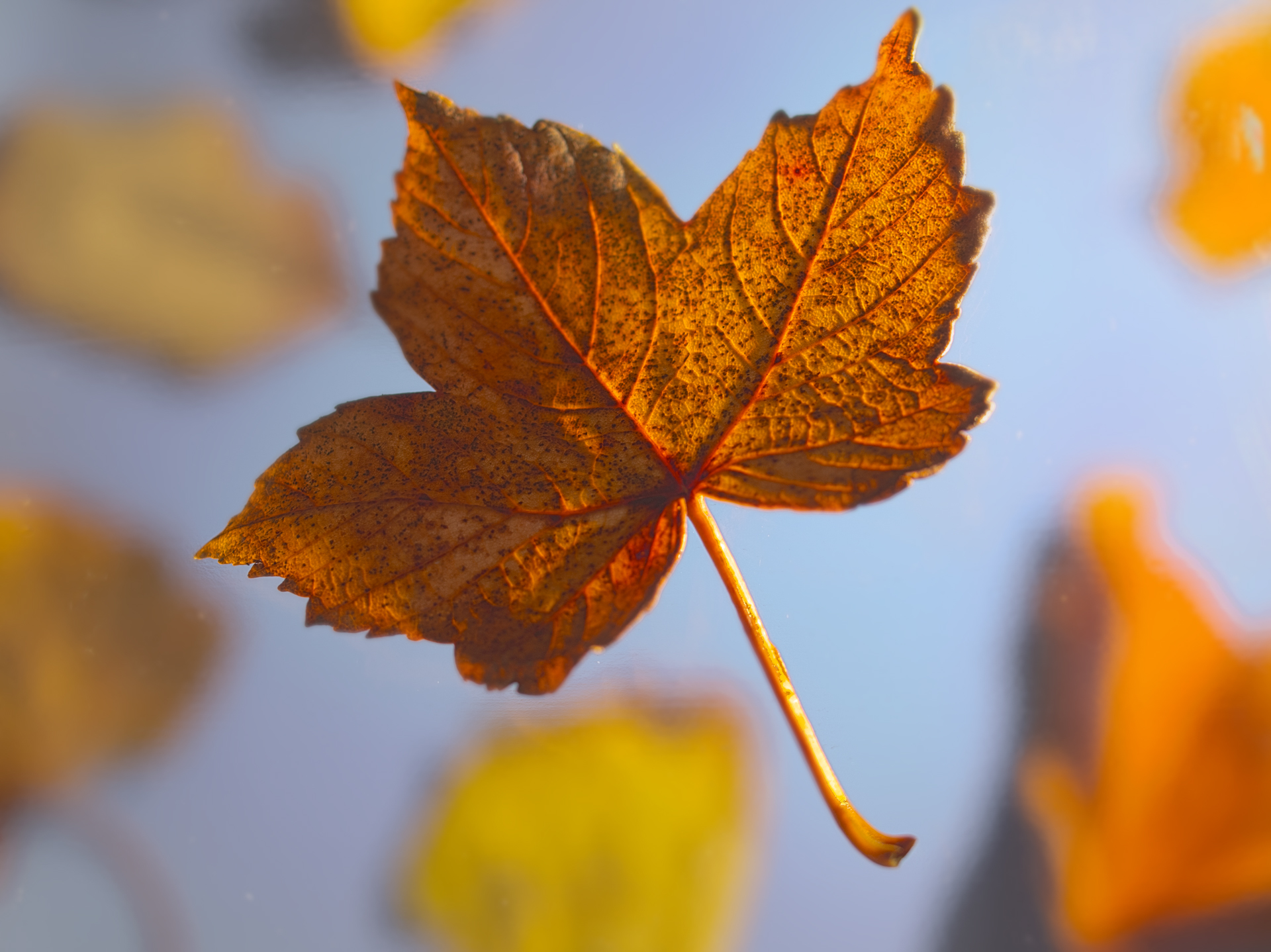
Lesson 1: Discovering Depth of Field
3rd January 2020Merry Christmas, but remember to put the camera down!
Here are some seasonal photographic tips that will work for Christmas or any festival.
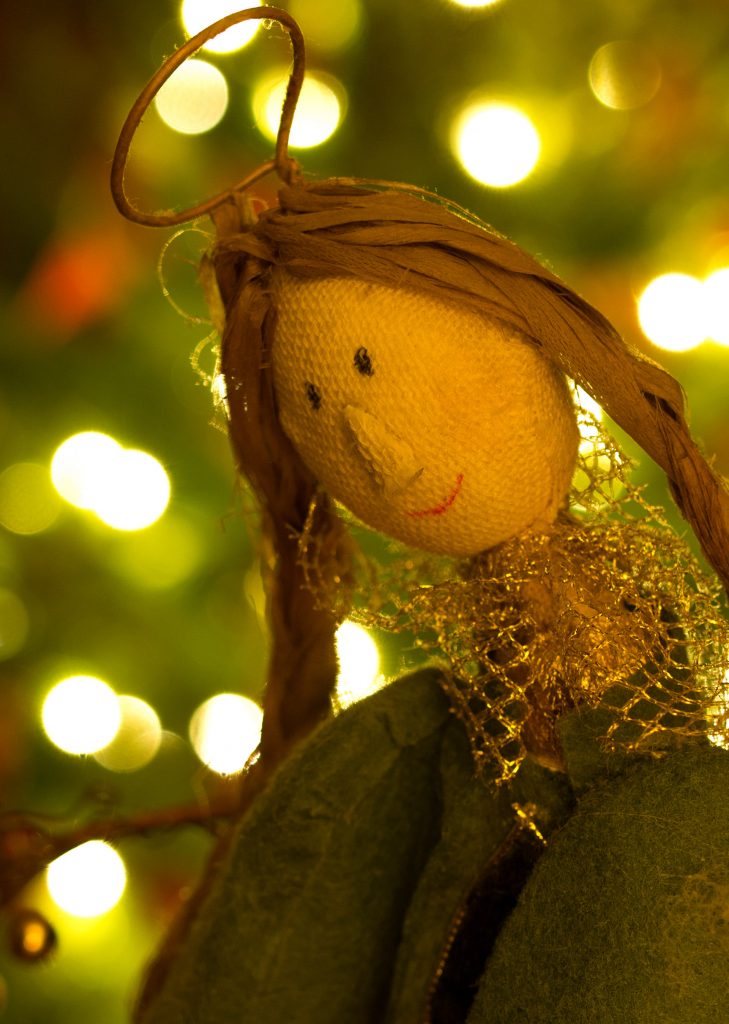
Setting up the shot
Do you make it a family tradition to dress well on Christmas Day? Children look so much better in portraits when they are clothed smartly. Even if you are not religious, it’s helping preserve what is also an important cultural festival. That respect adds to the magic reflected in the faces of the people you photograph.
Pass your camera around. Your family will want to see you in the photos too, and you might inspire someone else to take up photography.
Get down on the same level as children to take their picture and position yourself so light is reflected in their eyes. Planning the photograph makes all the difference, so consider what is in the background. The Christmas tree and a pile of presents might look better than the mountain of torn wrapping paper.
Do take some close-ups of the tree, decorations and presents. They add context to the collection of images.
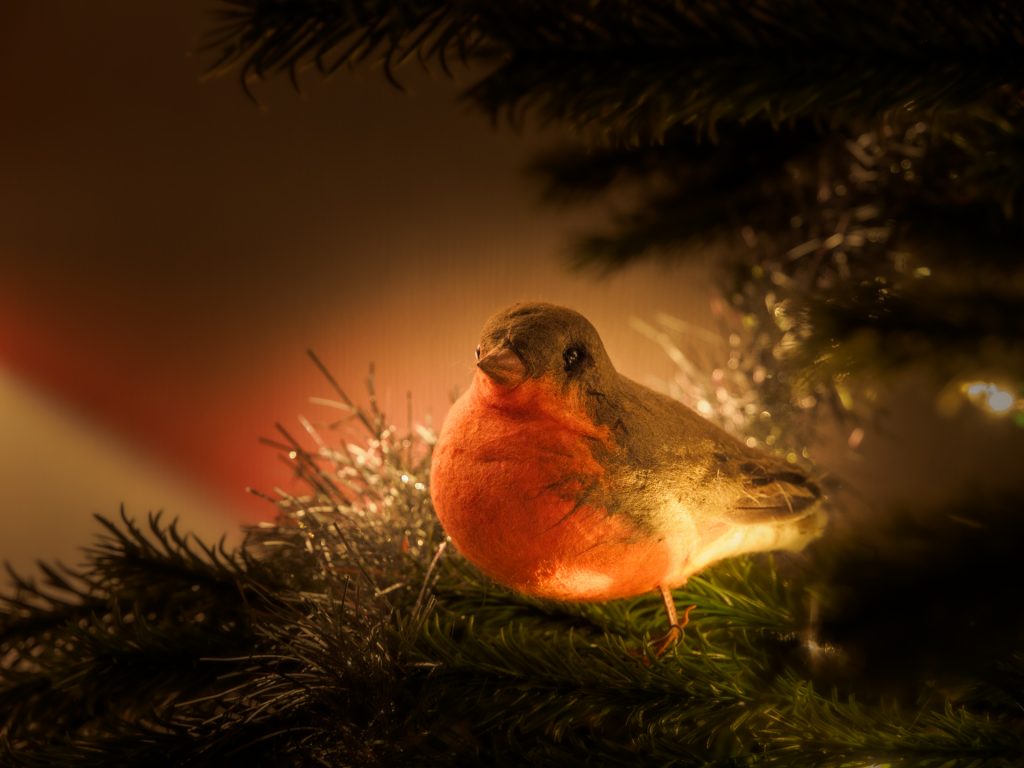
Setting up your camera
Learn your camera’s performance in low light by doing some test shots a few days before. Newer cameras give great results at high ISOs, enabling you to get low-light photos without a flash.
Use a fast wide to standard length lens. A standard kit lens works well. Modern cameras have lots more pixels than you’ll ever need and you have the opportunity to crop the image down and less of a chance of missing important subjects.
Aim for at least 125th of a second with a standard-length lens when children are unwrapping presents. They move quickly and those movements can become blurred. Anticipate the magic moments when they stop and their faces light up.
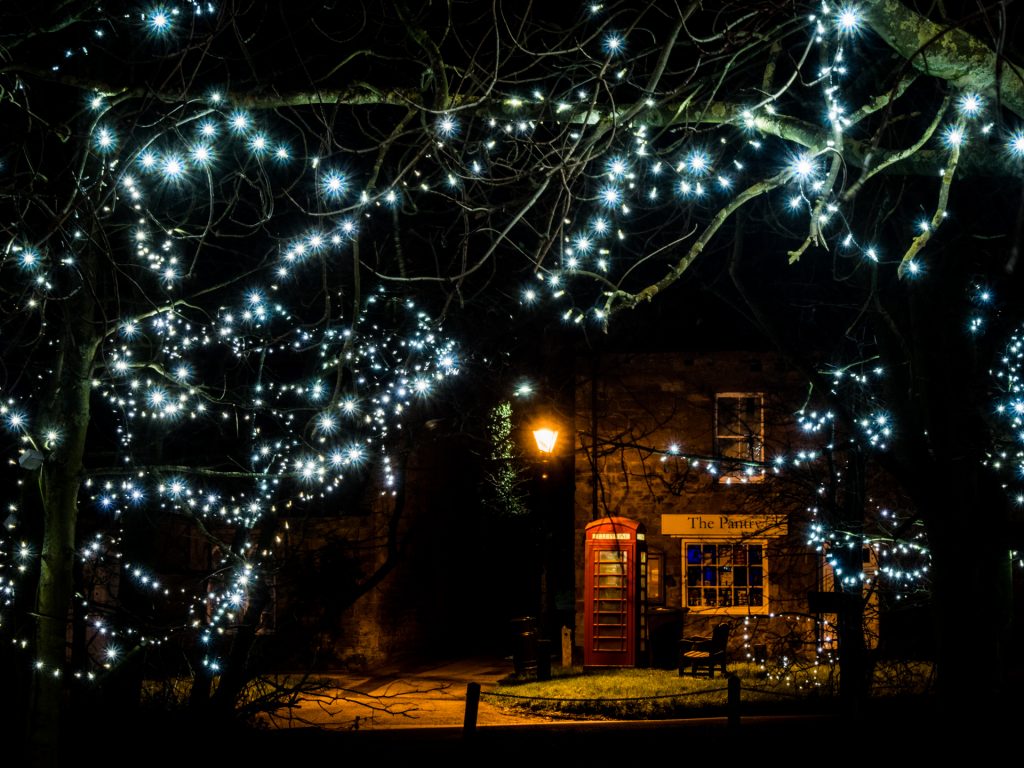
If you use a flash, then add a diffuser so the light is less harsh. On a pop-up flash, this could be a piece of greaseproof paper. I once made an emergency diffuser for my speed light from a plastic milk bottle; it worked. You will need to increase exposure compensation if you use a diffuser.
Also consider bouncing the flash off walls or reducing its power. Do some test shots a couple of days beforehand to be sure of your settings. Different rooms absorb and reflect light differently depending on the wall and floor coverings.
Some little tricks
Cut a small star or heart shape in a piece of paper and secure it over the end of your lens. Bokeh – unfocussed pinpoints of light – will appear as that shape. Try it with portraits with fairy lights in the background.
A 100 denier black stocking stretched over the lens produces soft, dreamy-looking portraits.
Looking after your camera
Do you enjoy a Christmas day walk? Before you come indoors, secure your camera in a plastic bag with a silica gel packet or a ball of kitchen tissue. Then, leave it for an hour in a dry room to acclimatise. This helps prevent electronics-wrecking condensation forming inside your camera.
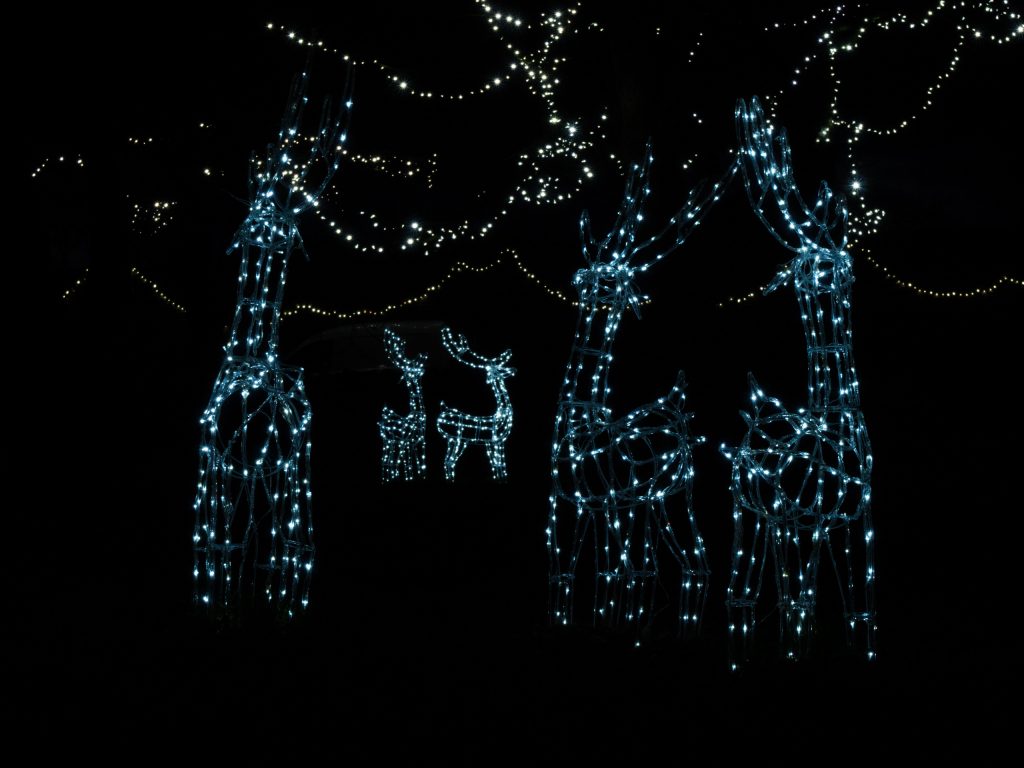
Check your batteries are charged the day before and make sure you have enough AA batteries for your flash. Your children won’t thank you for taking the batteries out of their new toys! Also check that your memory cards are not full. You don’t want to be uploading images to your computer on Christmas Day to make space for more.
Remember to put the camera down and enjoy the day with your family or friends. Photographs are great, but the moments you help make with your family are far more important.
May I wish you all the very best for the season and a happy New Year.
Merry Christmas!


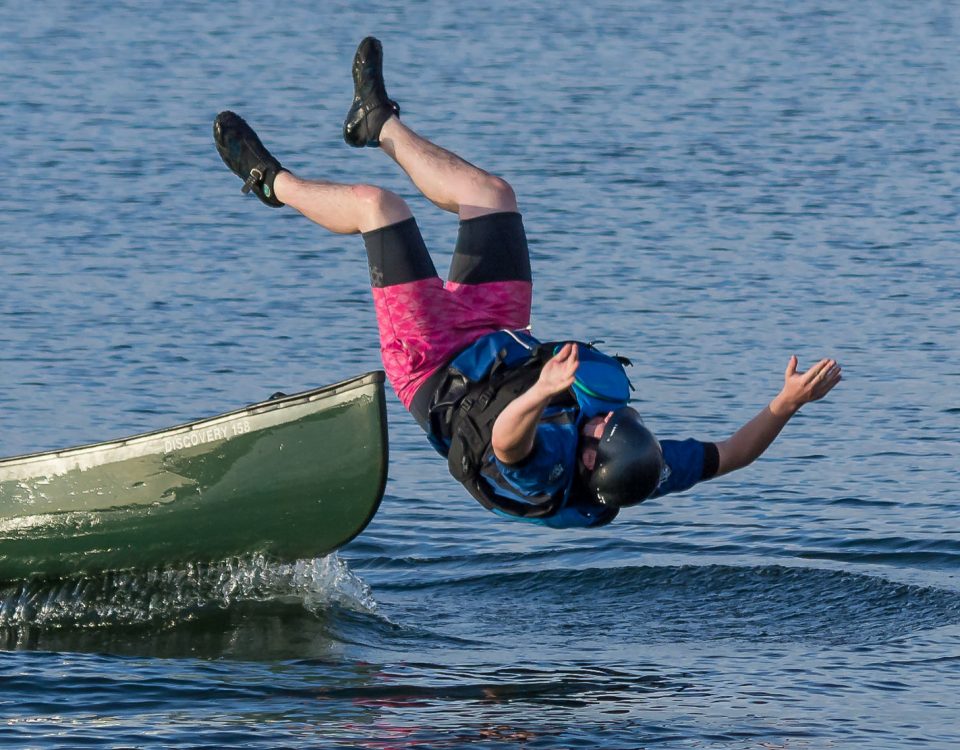
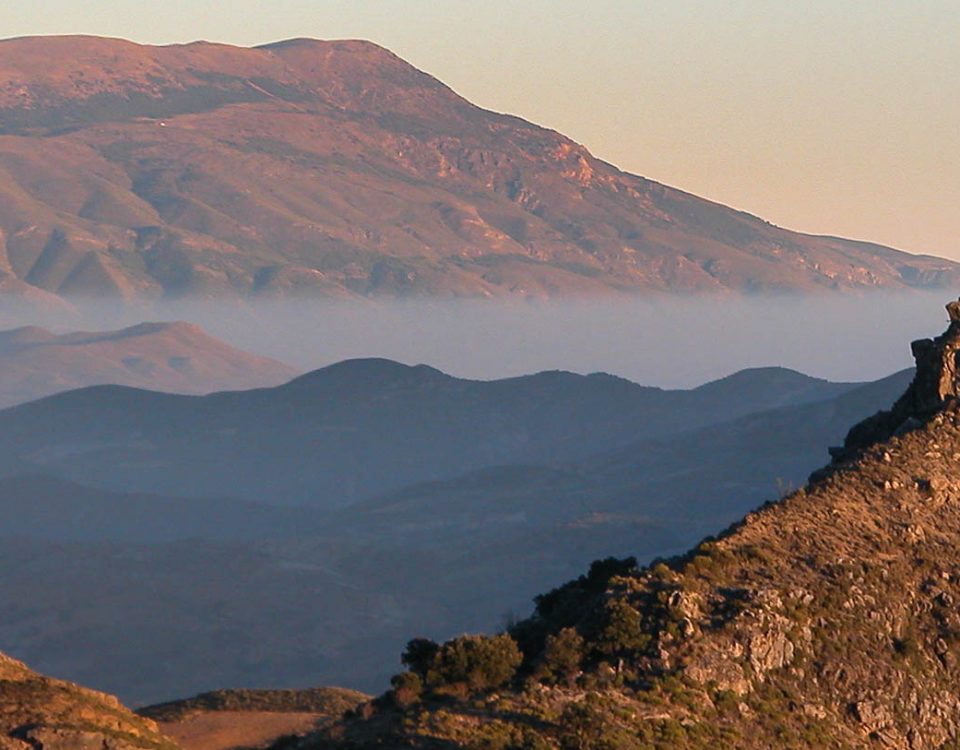
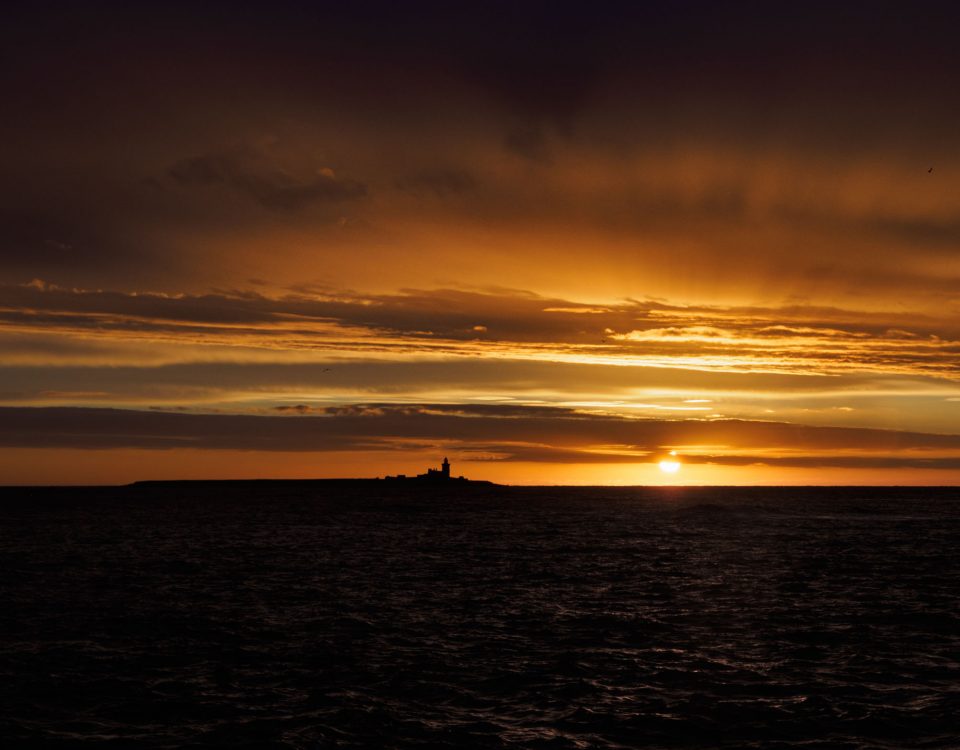
2 Comments
And a Very Merry Christmas to you Ivor. This article is very timely, as in my course we are looking at sources of light. And I recognise those white lights as I was in the same place comparing different camera settings. I’ll definitely try some of your tips. 🙂
Thank you Wendy. A very Merry Christmas to you too. This is a fabulous tme of year for working with changing natural light as the colour temperature, angle and intensity is changing all of the time. Changing light at source or altering the way the photons hit your lens by the addition of lens modifiers also gives a huge variety of ways to present your images. Good luck!